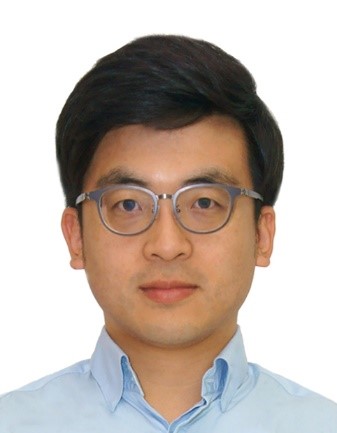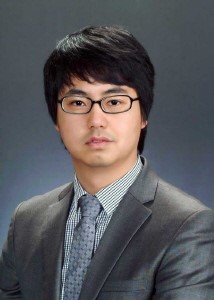September 2019 - Seung Myoung Jeong is oneM2M's Vice-Chair of the System Design and Security (SDS) Working Group (WG2) representing Korea Electronics Technology Institute (KETI). YoungJin Na works in the Standard Strategy Division team at Hyundai Motor Company. Seung Myoung Jeong and YoungJin Na provide their views on how the Internet of Things (IoT) is impacting the smart city and automotive sectors in Korea and what advice they would provide other authorities and manufacturers who are looking to capitalise on emerging opportunities.
Q. Seung Myoung Jeong, please tell us more about your role at KETI and key areas of interest in regard to IoT and oneM2M?

SMJ: I have held the role of Vice-Chair of the SDS WG2 since its early days when it was the Architecture (ARC) WG. It's a great pleasure to work
within WG2 with architecture and protocol experts.
My greatest interest within oneM2M is smart city enablement. Having observed several oneM2M-based pilot smart cities in South Korea and as a
contributor to oneM2M, there are several ideas that I have in which oneM2M can enable more efficient smart city solutions. For example, there is a need
for geo-query capabilities that make use of standard geo-spatial functions and geometry data formats. This is something oneM2M is addressing within
the development of its Release 4 specifications.
Q. In a previous executive interview, Peter Kim (Telecommunications Technology Association, TTA) told us about the application of oneM2M in
the smart cities market in KoreQ. What lessons have you learnt from the early developments and what advice would you offer to authorities
in other parts of the world who are dealing with the smart city challenge?
SMJ: The oneM2M standard Application Program Interfaces (APIs) have enabled a range of interoperable smart city platforms. Instead of building custom
solutions for different types of devices, many heterogeneous devices and their data can be accessed from a oneM2M platform through those APIs.
When it comes to using the data, standard data models are more preferable. This allows applications and services to leverage different domain data with data-level interoperability (e.g. service mashup) more easily. We have learned from this and as a result, there is work currently underway within oneM2M to address these topics, such as defining smart city ontologies and data models.
Q. Korea is launching a new phase of smart city projects. What is the new focus for these projects?
SMJ: The smart city data hub is a data-centric platform for smart cities. As part of this, data analytics is one of the major modules which sits on top of the data core module. The data marketplace is one of the services that we can offer utilising the data service module.
Within the data hub, oneM2M's interworking adapter allows data to be gathered from different city infrastructures. This provides a standardized solution to interworking different IoT systems.
Q. Turning to YoungJin Na, let us start by hearing a bit about yourself and your role in Hyundai Motors.

YN: I work in the standard strategy division of Hyundai Motor Company. Since 2018, I have been involved within oneM2M, focusing on the automotive IoT field.
My main role in the company is to participate in the oneM2M standard and to develop a common IoT platform for the automotive industry. I am also one of the
Vice-Chairs of TTA's oneM2M Special Group and I contribute to cooperative efforts with companies in Korea's oneM2M ecosystem.
Q. What kinds of IoT use case and applications are you looking at within Hyundai Motors?
YN: From an automaker perspective, we consider Car-to-Home / Home-to-Car services and smart city related autonomous driving services as the main
use cases. IoT services, which aim to increase connectivity and compatibility, are expected to have widespread impacts on the automotive industry in the
near future.
Q. What role do you see oneM2M standards playing in these application areas and what benefits will standardisation deliver?
YN: Currently, IoT service providers deliver services based on IoT platforms, which are dependent on the provider or specific service offered. However,
in the future, we expect to see an evolution from individual IoT ecosystems to open IoT ecosystems to increase connectivity and compatibility. In this regard,
oneM2M is developing standards for a common IoT platform that can be interoperable regardless of the service provider, service type, or industry.
Q. What advice would you offer to other automotive manufacturers, based on your experience of implementing oneM2M?
YN: Currently, global automakers are providing IoT services such as telematics services based on their respective IoT platforms. If you participate in
oneM2M and develop a common IoT platform together, it will be much easier to interoperate with other automaker's IoT services or between IoT services in other industries.
